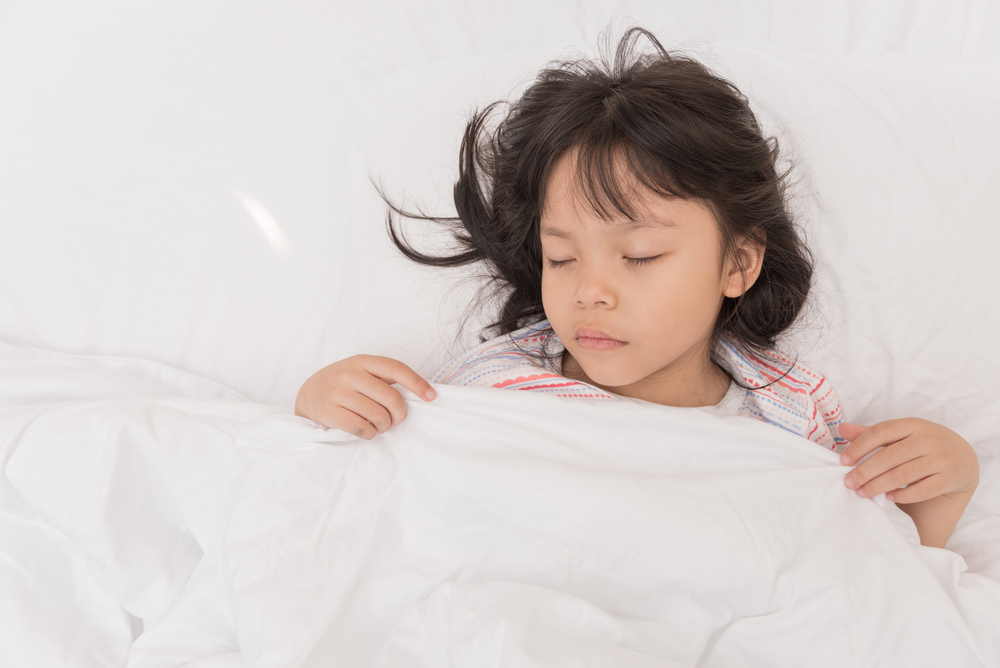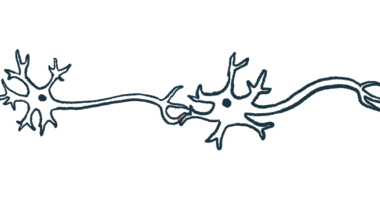Sleep Disorders More Common in Children with SMA, Study Shows

About 1 in 6 young people with spinal muscular atrophy (SMA) types 2 and 3 sleep abnormally, while another 1 in 6 shows an abnormal score in at least one sleep factor, concludes a new study.
The report, “Sleep disorders in spinal muscular atrophy,” appeared in the journal Sleep Medicine.
Researchers obtained their results using the sleep disturbance scale for children (SDSC), which assesses various sleep disturbance factors. These include disorders of initiating and maintaining sleep; sleep breathing disorders; disorders of arousal (sleepwalking, sleep terrors and nightmares); sleep-wake transition disorders (sleep twitch, rhythmic movement disorders, sleep-onset hallucinations, night-time muscle spasms and teeth grinding); disorders of excessive somnolence, and night sweats.
The study involved 85 young people, ages 6-25, with type 2 and type 3 SMA. The researchers assessed both the participants’ sleep using the SDSC questionnaire and their physical ability,using a test called the Hammersmith Functional Motor Scale Expanded (HFMSE).
The scientists observed that 16.4 percent of participants had an abnormal total sleep score, and an additional 16.7 percent had an abnormal score on at least one of the assessed sleep factors.
These findings are important, say researchers, because they provide a screening tool that makes objective assessments possible. This allows them to learn more structured information on sleep disorders and their underlying mechanisms — ultimately helping researchers identify effective treatments to tackle sleep disturbances.
Using the SDSC questionnaire also provided important information about perceptions of the patients’ caregivers, as well as other clinically relevant insights about nightmares, arousal and excessive daytime somnolence, which can affect the entire family’s quality of life.
The researchers found no specific correlation between sleep disturbances and children’s physical abilities. However, they did find a significant link between total SDSC scores and whether children could half-roll on both sides, and roll from a position of lying belly down to lying flat on their backs.
The researchers are now using a version of the SDSC questionnaire suitable for younger kids to explore the prevalence of sleep disturbances in children less than six years old.







